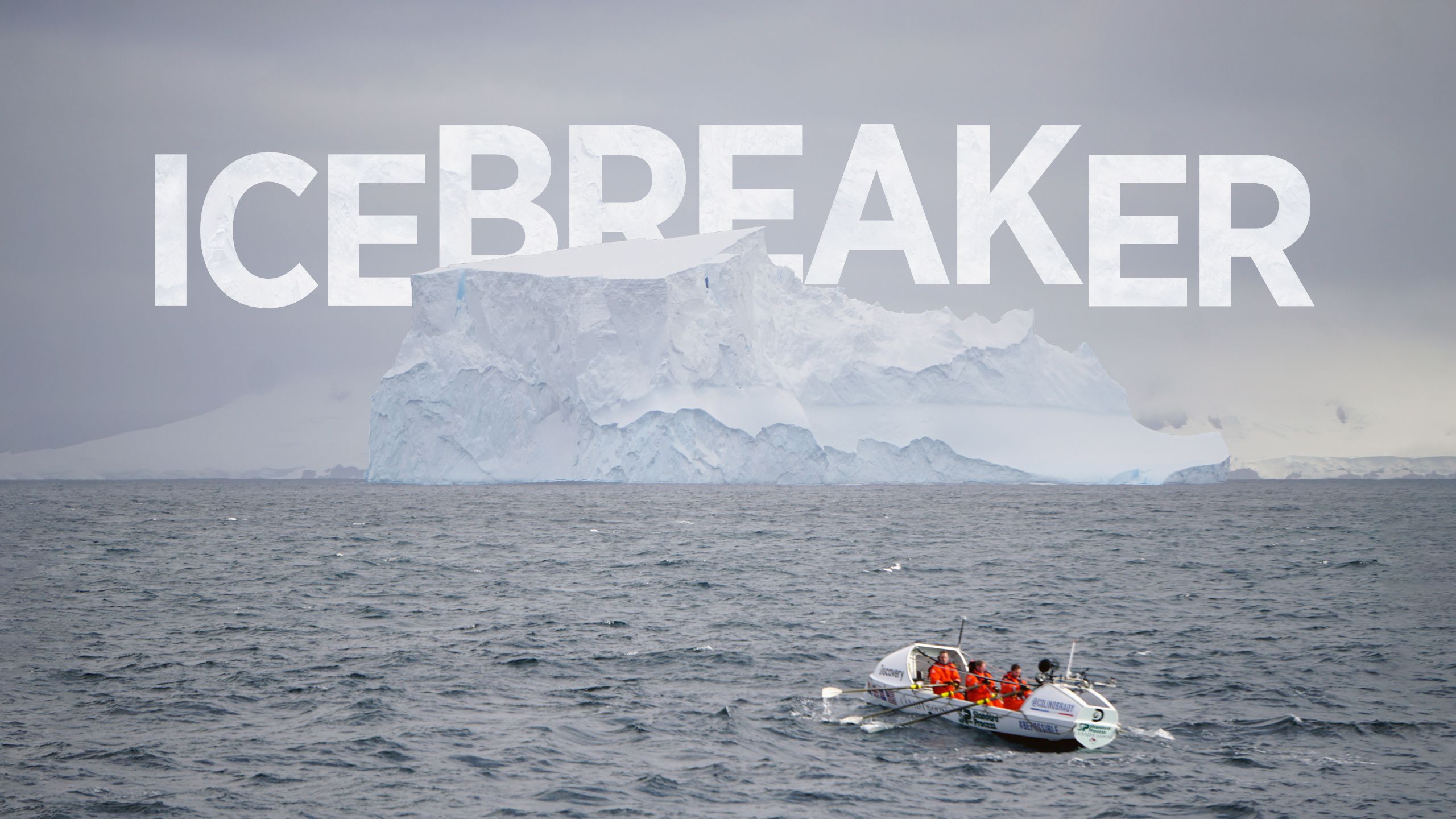
UQ graduate conquers The Impossible Row
By Michael Jones
Images and video courtesy of Discovery
Cameron Bellamy and his five crewmates hunker down as mountainous 30-foot waves crash over their ocean row boat.
Soaking wet and freezing cold, they’re at the mercy of the fearsome stretch of water known as the Drake Passage. And there’s nothing they can do but wait until the churning ocean tames its anger.
It’s clear to them now why this voyage has been called The Impossible Row.
The Drake Passage is considered one of the most dangerous stretches of ocean on Earth because of its massive swells and unpredictable weather. Covering almost 1000 kilometres – from the base of South America to Antarctica – it’s where the Atlantic, Pacific and Southern oceans converge.
The six men – UQ graduate and endurance athlete Bellamy, US explorer Colin O'Brady, fellow Americans Andrew Towne and John Petersen, Scotsman Jamie Douglas-Hamilton, and their captain, Fiann Paul, from Iceland – had set themselves the challenge of becoming the first crew to row unassisted across the Drake Passage.
They set out from Cape Horn in Chile on 13 December 2019 and, on Christmas Day – after almost 13 days at sea – they did the impossible, reaching Antarctica and entering the Guinness World Records.

It will remain the most memorable Christmas ever for Bellamy (Master of International Economics and Finance ’06), who admitted there were moments he feared he and the crew might not make it.
“The 30-foot swells were pretty nerve-racking,” Bellamy told Contact.
“We couldn’t row when the swells were that big, and in those situations the waves would break on top of you. There was always the threat that you might capsize.
“There was one occasion when we were rowing in 10- to 15-foot swells with a tailwind. We were travelling really fast – almost like surfing down the waves – which was scary, but exhilarating. It was like being on a rollercoaster.
“In addition to that, it started to get extremely cold as we approached Antarctica. You can’t wear gloves that are too thick because you have to be able to grip the oars, and we started getting the first signs of frostbite on our fingers.
“I eventually got feeling back in my fingers about three weeks after we completed the row.”
Bellamy is no stranger to these conditions. He, Paul and Douglas-Hamilton were part of a team that set the Guinness World Record for the fastest crossing of the Indian Ocean in a rowboat in 2014, setting off from Geraldton, Australia, and finishing in Mahé, Seychelles.
“We couldn’t row when the swells were that big, and in those situations the waves would break on top of you. There was always the threat that you might capsize."
During that voyage, the seven-man crew experienced huge swells, collided with a blue whale, made a daring escape from pirates off the coast of east Africa, and were involved in a heart-stopping mid-ocean rescue of an injured crewmate.
“I’ve become pretty accustomed to the large swells and cold conditions over the years, but I would have to say one of the main challenges of the Drake Passage row was sleep deprivation,” Bellamy said.
“The team rowed in shifts, with three rowers on the oars for 90 minutes, then swapping with the other three, for 24 hours a day.
“During those resting periods you have to eat, change clothes, and do numerous other things.
“You don’t get a lot of sleep and you’re stressed out all the time.”
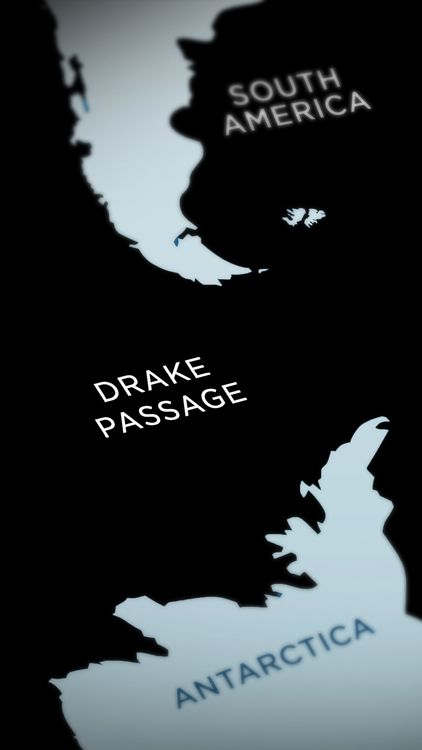
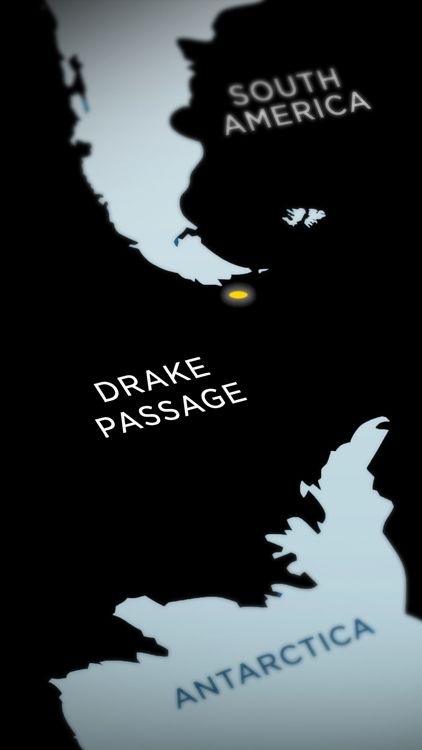
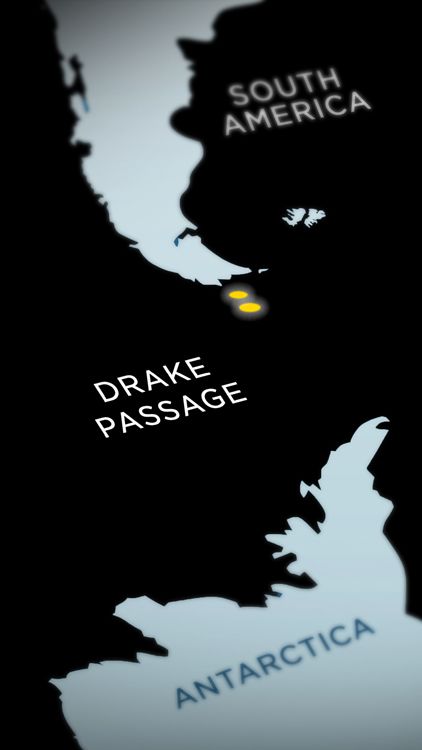
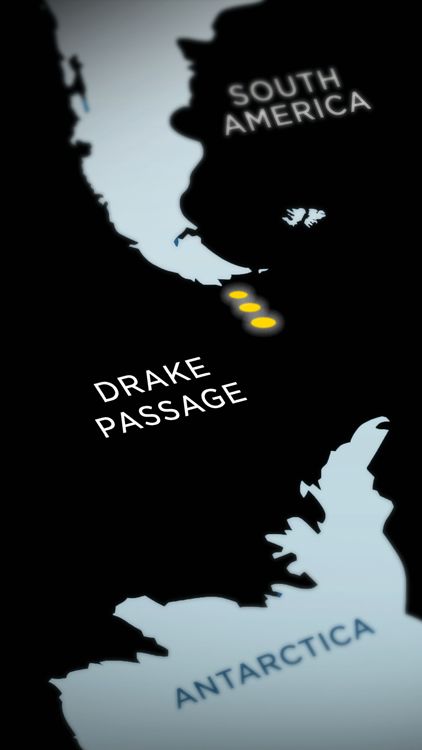
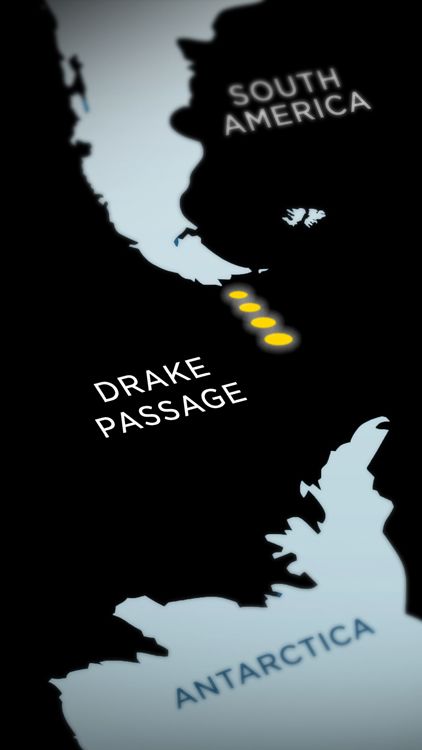
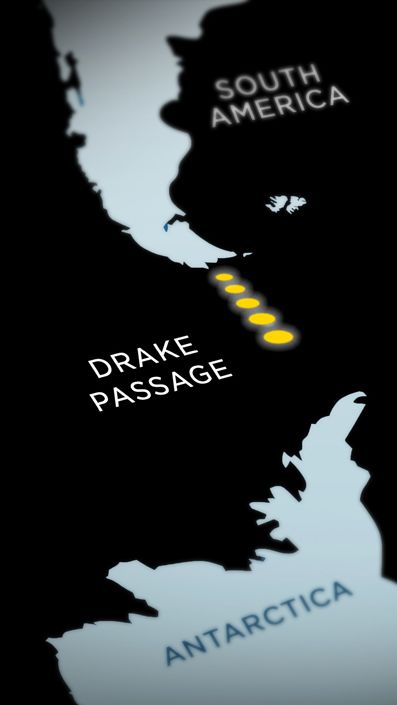
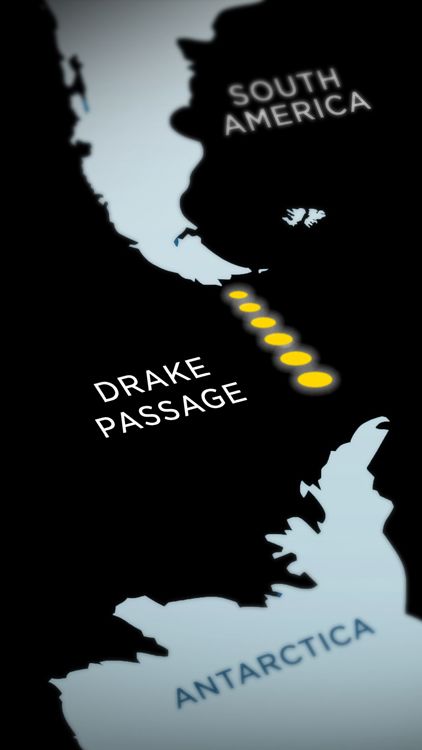
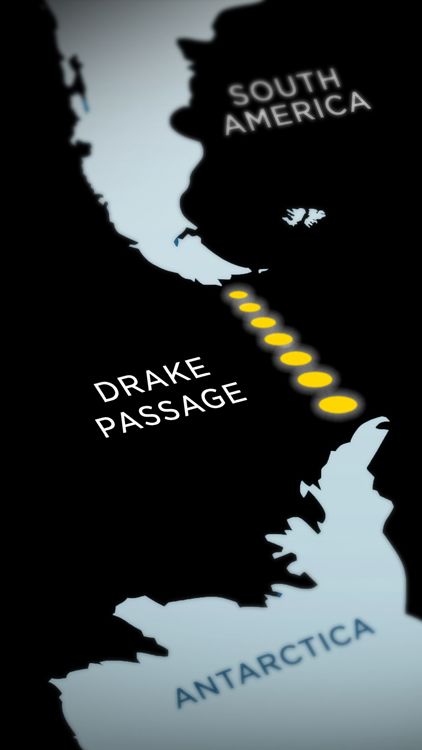
It will remain the most memorable Christmas ever for Bellamy (Master of International Economics and Finance ’06), who admitted there were moments he feared he and the crew might not make it.
“The 30-foot swells were pretty nerve-racking,” Bellamy told Contact.
“We couldn’t row when the swells were that big, and in those situations the waves would break on top of you. There was always the threat that you might capsize.
“There was one occasion when we were rowing in 10- to 15-foot swells with a tailwind. We were travelling really fast – almost like surfing down the waves – which was scary, but exhilarating. It was like being on a rollercoaster.
“In addition to that, it started to get extremely cold as we approached Antarctica. You can’t wear gloves that are too thick because you have to be able to grip the oars, and we started getting the first signs of frostbite on our fingers.
“I eventually got feeling back in my fingers about three weeks after we completed the row.”

Bellamy is no stranger to these conditions. He, Paul and Douglas-Hamilton were part of a team that set the Guinness World Record for the fastest crossing of the Indian Ocean in a rowboat in 2014, setting off from Geraldton, Australia, and finishing in Mahé, Seychelles.
During that voyage, the seven-man crew experienced huge swells, collided with a blue whale, made a daring escape from pirates off the coast of east Africa, and were involved in a heart-stopping mid-ocean rescue of an injured crewmate.
“I’ve become pretty accustomed to the large swells and cold conditions over the years, but I would have to say one of the main challenges of the Drake Passage row was sleep deprivation,” Bellamy said.
“The team rowed in shifts, with three rowers on the oars for 90 minutes, then swapping with the other three, for 24 hours a day.
“During those resting periods you have to eat, change clothes, and do numerous other things.
“You don’t get a lot of sleep and you’re stressed out all the time.”


The recruitment process for the row began more than 18 months before the voyage; however, it gained momentum once celebrity explorer O’Brady came on board.
O’Brady became famous in 2018, when he walked unsupported across Antarctica, and his presence brought significant publicity to the project.
“Fiann (Paul), a fellow rower from the Indian Ocean voyage, asked me if I wanted to row to Antarctica and I couldn’t say no to that,” Bellamy explained.
“We continued to recruit the rest of the crew but we didn’t have a sponsor, so it was going to cost us quite a lot of money.
“Colin (O’Brady) was the last person recruited and he convinced Discovery (Channel) to sponsor the row. Without that sponsorship we wouldn’t have crossed the line.
“The logistics of Antarctica are just incredible and to row a boat there was crazy.”
Watch the video to experience what it was like to row into Antarctica. Video courtesy of Discovery.
Every expedition is complicated; however, Bellamy said this one was particularly difficult to organise. To make matters worse, a Chilean military plane crashed in the Drake Passage just days before the team left South America.
The search area covered the team’s planned route, and they had to decide how to avoid it.
“The world was looking at the Drake Passage because that was where the plane went down and none of the people on board survived,” Bellamy said.
“So, suddenly we were going to row across the ocean in the same vicinity as the search parties.
“The Chilean Navy actually boarded our boat before we left and went through every document we had before eventually letting us begin.”
While the voyage came with its challenges, Bellamy said the wildlife and scenery were like nothing he had experienced in all his previous adventures.
“I assumed albatrosses were endangered and we would be lucky if we saw one.
“But on the second day, we probably saw 20 albatrosses of all different types – the biggest variety were chilling around the boat. It was pretty amazing.
“We saw killer whales, a blue whale, and penguins were swimming next to us for long periods of time.
“And once we were in Antarctica, it was just the most beautiful place I’d ever seen. We were rowing next to icebergs – just rowing calmly past a huge iceberg, bigger than an entire building. And that’s above the water – underneath is a different story.”
Bellamy’s achievements as an endurance athlete go hand-in-hand with the 38-year-old’s career as a businessman and co-founder of African charity, the Ubunye Challenge.
Growing up in what he describes as a privileged home in Cape Town, in South Africa, Bellamy vowed to make a difference after witnessing the inequalities around him. Upon graduating from Rhodes University, Bellamy moved to Australia and completed his master’s degree at UQ, while living at King's College.
"We were rowing next to icebergs – just rowing calmly past a huge iceberg, bigger than an entire building."
The 2018 Distinguished Young Alumni Award winner, who returned to UQ in 2020 to study a Master of Quantum Technology, founded the Ubunye Challenge in 2011. Through endurance challenges such as the Drake Passage crossing, Bellamy and his team of athletes raise money to support communities in some of the poorest areas of South Africa and Zimbabwe.
In fact, The Impossible Row raised about $30,000 for the Eastern Cape-based Ubunye Foundation. The foundation supports 16 early childhood development centres across the Eastern Cape, and the money raised will go towards bringing the internet and tablet learning to its 360 preschool children.
On top of his world-record rowing feats, Bellamy became only the 11th person to swim the Oceans Seven, the swimming equivalent of the Seven Summits in climbing, in 2018. In the same year, he also became the first person in history to complete a circumnavigation swim around Barbados (96 kilometres in 42 hours).
Last year, he completed the longest channel swim in history – from Barbados to St Lucia – covering 151 kilometres in 56 hours.
“I think I really enjoy the preparation and the training,” Bellamy said.
“I want to keep pushing my body to its limits, and pushing the limits of human potential.
“The events and achievements are really rewarding, but I also get to raise money for charity.
“So many people will be immediately impacted thanks to the money we have raised as part of The Impossible Row.”
Nominations for the 2021 alumni awards are now open

While the voyage came with its challenges, Bellamy said the wildlife and scenery were like nothing he had experienced in all his previous adventures.
“I assumed albatrosses were endangered and we would be lucky if we saw one.
“But on the second day, we probably saw 20 albatrosses of all different types – the biggest variety were chilling around the boat. It was pretty amazing.
“We saw killer whales, a blue whale, and penguins were swimming next to us for long periods of time.
“And once we were in Antarctica, it was just the most beautiful place I’d ever seen. We were rowing next to icebergs – just rowing calmly past a huge iceberg, bigger than an entire building. And that’s above the water – underneath is a different story.”
Bellamy’s achievements as an endurance athlete go hand-in-hand with the 37-year-old’s career as a businessman and co-founder of African charity, the Ubunye Challenge.
Growing up in what he describes as a privileged home in Cape Town, in South Africa, Bellamy vowed to make a difference after witnessing the inequalities around him. Upon graduating from Rhodes University, Bellamy moved to Australia and completed his master’s degree at UQ.
"We were rowing next to icebergs – just rowing calmly past a huge iceberg, bigger than an entire building."
The 2018 Distinguished Young Alumni Award winner founded the Ubunye Challenge in 2011, and it’s through endurance challenges such as the Drake Passage crossing that Bellamy and his team of athletes raise money to support communities in some of the poorest areas of South Africa and Zimbabwe.
In fact, The Impossible Row raised about $30,000 for the Eastern Cape-based Ubunye Foundation. The foundation supports 16 early childhood development centres across the Eastern Cape, and the money raised will go towards bringing the internet and tablet learning to its 360 preschool children.
On top of his world-record rowing feats, Bellamy became only the 11th person to swim the Oceans Seven, the swimming equivalent of the Seven Summits in climbing, in 2018. In the same year, he also became the first person in history to complete a circumnavigation swim around Barbados (96 kilometres in 42 hours).
Last year, he completed the longest channel swim in history – from Barbados to St Lucia – covering 151 kilometres in 56 hours.
“I think I really enjoy the preparation and the training,” Bellamy said.
“I want to keep pushing my body to its limits, and pushing the limits of human potential.
“The events and achievements are really rewarding, but I also get to raise money for charity.
“So many people will be immediately impacted thanks to the money we have raised as part of The Impossible Row.”
Nominations for the 2021 alumni awards are now open

Do you have an incredible story to share?
Your comments here are governed by Facebook Terms of Service and UQ Social Media Terms of Use.
Love the printed Contact magazine?
You must subscribe to continue to receive it

From 2020, the print edition of Contact magazine will no longer be posted to all alumni twice a year.
To align with UQ’s focus on sustainability and reducing waste, you will now receive Contact in your email once a month. You can also find all your favourite feature stories, news, research articles and UQ announcements on the Contact website.
A new-look, premium, printed edition of the magazine will still be produced – however, this will only be posted once a year to UQ alumni who actively subscribe.


